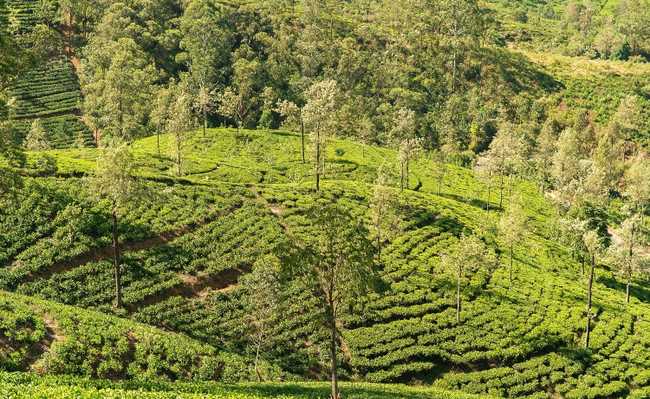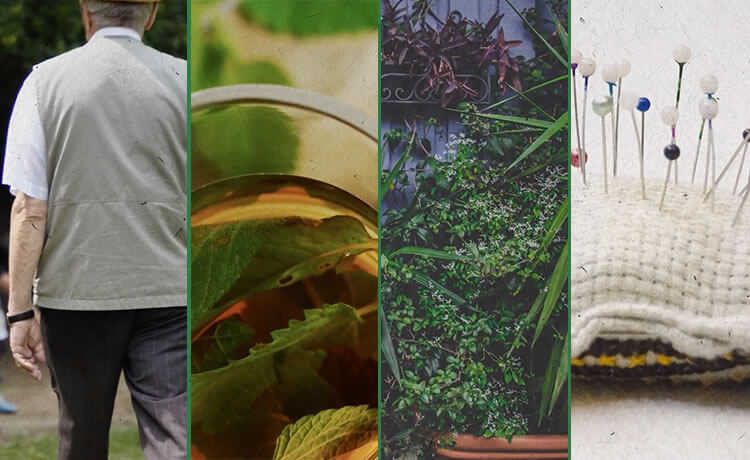What is the influence of pH on compost?
Find out how it alters food decomposition

Image: eCycle Portal
When we started to compost domestic organic waste (learn more about composting in the article "What is composting and how to do it"), we have to follow some precautions so that the compost continues without problems, such as: strong odor, delay to decompose food, poor quality compost, unfavorable conditions for microorganisms and earthworms and the possibility of attracting other animals (learn more about these factors in the article "Problems in compost: identify the causes and find out about solutions").
One of the precautions that must be followed is simple: when taking care of your composter, be aware if there are indications that some parameters are out of order and the eCycle will help you to notice this.
These parameters are very important as they influence the process and product. Some of them are easy to understand like temperature and humidity, but others like the Carbon to Nitrogen ratio and pH can be more complicated.
What is pH?
pH stands for "hydrogenionic potential", which is a scale that measures the degree of acidity, neutrality or alkalinity of a given solution or soil. Values range from 0 to 14, with 7 being neutral, 0 representing maximum acidity and 14 meaning maximum alkalinity. These values vary according to the temperature and composition of each substance. It is important to know the pH of the compost because it is indicative of the compost status of organic waste.
The pH in the composting process
Studies indicate that, at the beginning of composting, the environment becomes acidic, with values up to 5. This is due to decomposition that, in the beginning, as the fungi and bacteria digest the organic matter, there is a release of acids that are also decomposed until they are completely oxidized.
Subsequently, the pH gradually increases with the evolution of the composting and compost stabilization process, finally reaching values between 5.5 and 8, which scientific bases indicate to be the optimal pH range for most microorganisms. Thus, the compost obtained at the end of composting will have a stable pH, between 7.0 and 8.5.
The drop in pH at first favors the growth of fungi, the decomposition of cellulose and legnin (a constituent of wood) and the micro-organisms themselves automatically regulate the pH values, however extreme values can inactivate living beings and very low values of pH are indicative of lack of maturation.
What affects pH variation?
If there is a shortage of oxygen, the pH may drop to values below 4.5 and limit microbial and earthworm activity, thus slowing down the composting process. Acidic foods can lower the pH and the alkalinity of the environment can also affect the organisms' activities. There are soil pH measuring devices on the market that are simple to use and also measure light and moisture, which are great for better monitoring the compost, compost or soil.
Alternative
When the pH is acidic, an alternative is to improve oxygenation and aeration in the compost heaps. For this, we have to promote the passage of air, so all it takes is to stir the mixture or drill holes in the piles for the air to circulate. In the case of dry composting, the frequency should be higher (two to four times a week) and, in the case of vermicomposting, only once a week, as the worms tunnel in the piles, which greatly promotes aeration.
Correcting the pH with limestone is not a good alternative as it can kill worms. Try to put green leaves from trees, which are more alkaline. Avoid putting citrus fruits in your compost, however, if the pH is too alkaline, it is a great alternative to increase the acidity. To find out which other foods should not be included in your composter, click here.
When properly conducted, composting does not present problems related to pH control, in addition, the fertilizer has a very stabilized pH, being great for controlling acidic soils and for any type of plant or crop.
Promote this composting technique and purchase a composter in our online store.










